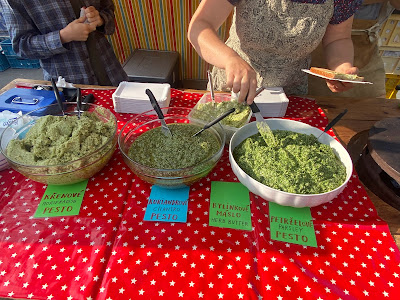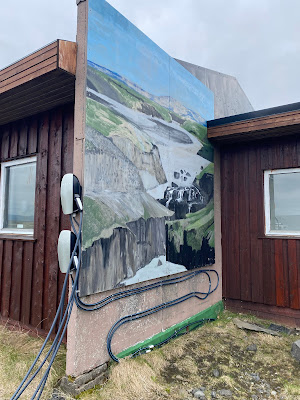Erika Smith's column in yesterday's Los Angeles Times, headlined "The craziest reparations idea you won’t find in the California task force’s report," reports on an interesting proposal by California Senator Steven Bradford (D-Gardena), a member of the state's reparations task force. The proposal is to give the state's recently closed rural prisons to Black folks. More specifically, Bradford describes the proposal thusly:
The conversation I had with the governor’s office a couple of weeks ago was that we’re shutting down prisons in the state of California. What are we doing with that land? Why don’t we turn that land over to Blacks who have never owned property in the state of California? Why don’t we turn it over to developers and build homes?The response when Bradford articulated this at "an invitation-only panel discussion earlier this month in West Adams," as reported by Smith, follows:
The dozens of mostly middle-aged Black men and women in the room, all clustered around circular tables, sipping on coffee and water with lemon, suddenly burst into raucous applause.
The column has Smith writing in first person as an observer of all this:
But not me. My mouth dropped open in shock just thinking about the optics of Black people, who are disproportionately in prisons because of bias in the criminal justice system, essentially colonizing the rural, often majority white and sometimes conservative towns where most state prisons are located.
Bradford barreled on, as my mind continued to spin.
“A lot of people are saying, ‘Where’s my check?’” he added, referring to the frequent refrain from attendees of the task force’s meetings over the last two years. “Reparations was never about a check. It’s about land.”
Here's an additional quote from Bradford:
Why can’t we [let] African Americans set up businesses and build homes there? Do agriculture projects, whatever the case may be and let that be Black-owned, Black-controlled? Because, again, generational wealth is not through money, it’s through land.
* * *
Bradford readily admits that state prisons, as a rule, aren’t in “the most desirable areas” in California. But it’s still land that isn’t being used that can be economically controlled by Black people, whether it’s for industrial buildings or cannabis grows.
“They don’t have any plan for it right now,” he said of state officials. “That’s why I gave them a suggestion of what they could do.”
Smith provides additional context for what makes this an extraordinary proposal--but could also render it a sort of poetic justice. She describes the litigation initiated by officials in Susanville, California to try to prevent the the closure of the California Correctional Center (CCC) there:
Susanville officials were adamant about not losing 1,000 prison jobs, saying it would lead to economic ruin. That set up the narrative of a mostly white, conservative, already dying Northern California town arguing that its very survival depends on the incarceration of Black and Latino men from Southern California.
The court is deciding whether a form of bondage, a form of cruelty, is going to continue based on the personal financial benefits of the people around the prison. At every single turn, the judge and the city have silenced the voices of our clients in order to keep marching on in this decision-making that treats them as a source of revenue.Thus Smith concludes, "giving Black people the land where the prison once operated as reparations could be seen as poetic justice. It also could be seen as a gift of trauma."













































